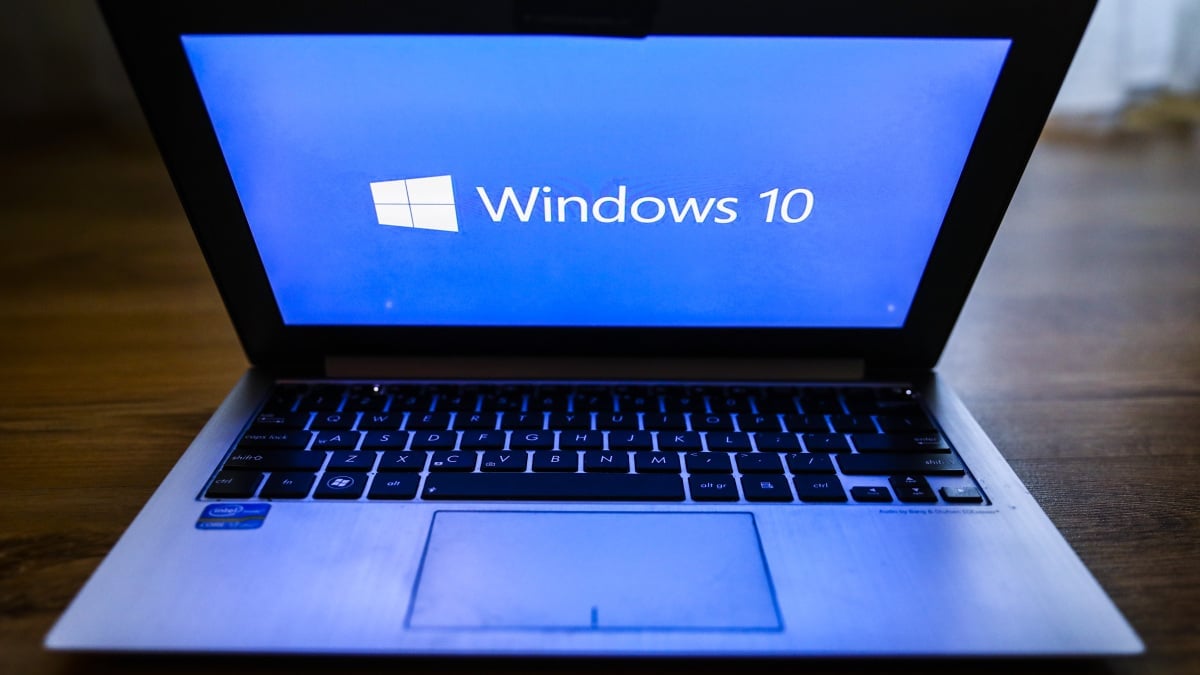What’s wild is that one of the people who write anti-cheat software was saying they needed to get their shit working on Linux like yesterday.
So I mean, it crazy that Windows is literally having some folks scramble on how to get their shit working on Steam/Linux.








I think what’s wild is that particular group’s incredible thought process of “oh yeah, the current guy is just doing a hit job on this other guy because he’s running for President. He’s sending all these various agencies after him. blah blah blah…”
And I’m just like. Or you know, simple answer is that guy is doing crime stuff and ought not to be doing crime stuff. To really over simplify the most recent crime stuff. The crime was he wrote the wrong thing on the sheet of paper. You look at the paper, it says it’s for lawyer stuff. You look at the receipts shows the money went to hide sex stuff. Lawyer stuff ≠ hide sex stuff. Ta-da!
And a bit more detail. The whole argument that hiding sex stuff wasn’t political money. Literally a letter between crime guy and other person handling political stuff was, we need to hide this sex stuff otherwise that could hurt us in election stuff. Like I get it that there’s some folks wanting to believe that President guy is just mad at crime guy and wants to whatever him so that President guy can stay in office. But crime guy literally admitted crime stuff in letters he thought no one else would ever read. Crime guy is not a very smart crime guy.
I don’t like current guy, don’t get me wrong. But crime guy is an idiot. I just don’t want an idiot back as President. There’s just way too many people hitched to an idiot here and willing to go down with the ship. Crime guy is an idiot and he’s getting smacked with a lot of the crime shit he’s done because he’s an idiot. There’s not any other way to slice this. Crime guy is just not good at anything and is coasting on mom and dad money still. If anything, that Crime guy is still floating on some money is a testament to Crime guy’s book keeper.